Lessons on Long-Term Photo Projects
From the Stories Behind Gregory Halpern's Photobooks King, Queen, Knave & ZZYZX
If you’d prefer this article in video form, with full flip throughs of both books, you can watch it here:
Today I’m sharing a little companion to my review of Gregory Halpern’s King, Queen, Knave. I couldn’t find a place for this my main review, but I really wanted to tell this story I found about the origins of the project. I think there’s a great lesson in it for anyone looking to make long-term bodies of work themselves.
Gregory Halpern created the work in King, Queen, Knave over a 20 year period in his childhood hometown of Buffalo, New York. He’s been photographing Buffalo since 2003 when he was a graduate student at California College of the Arts. Speaking about that time Halpern said:
“I was really struggling. Larry Sultan was my advisor, and he pulled me aside and he said, “I think you might need a third year.” It was a two-year program, and I wasn’t going to graduate because I couldn’t find anything in California to photograph. I had nothing to say. I had no idea what to do. But the one thing I feel like I’ve got to offer, or to say that I can claim as my own, was going back to Buffalo in winter. So I took a month in between the semesters, sort of in a panic, and I went back and I photographed every day in winter. That was nineteen years ago. That’s what inspired the title. But the oldest pictures in the book came from that winter.” (The original title for the project was 19 Winters / 7 Springs.)
I think that’s a pretty inspiring story about the origin of long-term bodies of work. Sometimes it may take a really long time for a project become something. Maybe you don’t even know that you’ve been on working is a specific project yet. You’re just making photographs, and then much later on you find the thread that connects them in the editing process.
Halpern’s project wasn’t completed for two decades, but by getting started (even though he was feeling lost at the time), he laid the groundwork for what what I’d consider to be his best book to date.
Interestingly, although he said he couldn’t find anything to photograph in California at the time while he was on graduate School, Halpern did go on to make ZZYZX, which is a very acclaimed book about California, named after the desert town of the same name, Northeast of Los Angles. Talking about that book he said:
“It took seven or eight years after I moved to California to figure out that I had something to say, and that’s where ZZYZX came from. I was living back in the East Coast when I did that ZZYZX work, and I was living in California when I started the Buffalo work.”
Speaking about making the work in a place he’s no longer living Halpern said:
“There’s something really helpful about being both an insider and an outsider. The photography world sometimes has this, I think, oversimplified language. Are you a photojournalist outsider? Or are you an insider making work about an identity or an experience that you can claim as your own? There’s a lot of fascinating and important work that sits somewhere in the middle. I don’t ever feel like a total insider or a total outsider in Buffalo. But I think that’s been key to me—to have both insider knowledge, but also a little bit of distance.”
Speaking about giving his projects time to develop he said: “Usually I don’t like my pictures when I first see them.” “I like to sit with the work, show people, figure out what’s working and what’s not, and then return to making pictures with a more informed vision.”
I think that idea of distance—whether it’s the physical distance from a place to help you appreciate it, or the distance time gives you if sit on your work for a while after you create it—can be really helpful in allowing you to see what you’ve made more clearly.
As someone who shoots pretty prolifically, but often doesn’t edit the work down into final projects for a very long to time, I find it very inspiring that someone as good as Gregory Halpern might need 20 years to figure out what a project is going to become. I think the distance from when you originally made a photograph can only help too. If the images you created still resonate months or years later, you know you really have something worthwhile. The lesson for me is to just keep shooting, knowing that one day you’ll have accumulated the ingredients to be able to make something out of it.
If you haven’t already read (or watched) my full review of King, Queen, Knave, go ahead and check it out.
If there are other books you'd be interested in seeing me review, let me know in the comments. If you’d like to support what I’m doing, buy a book, magazine, or print from Subjectively Objective. If you’d prefer to give ongoing support through Substack, you’ll receive coupons equal to your subscription value that can be used for anything in the Subjectively Objective shop.





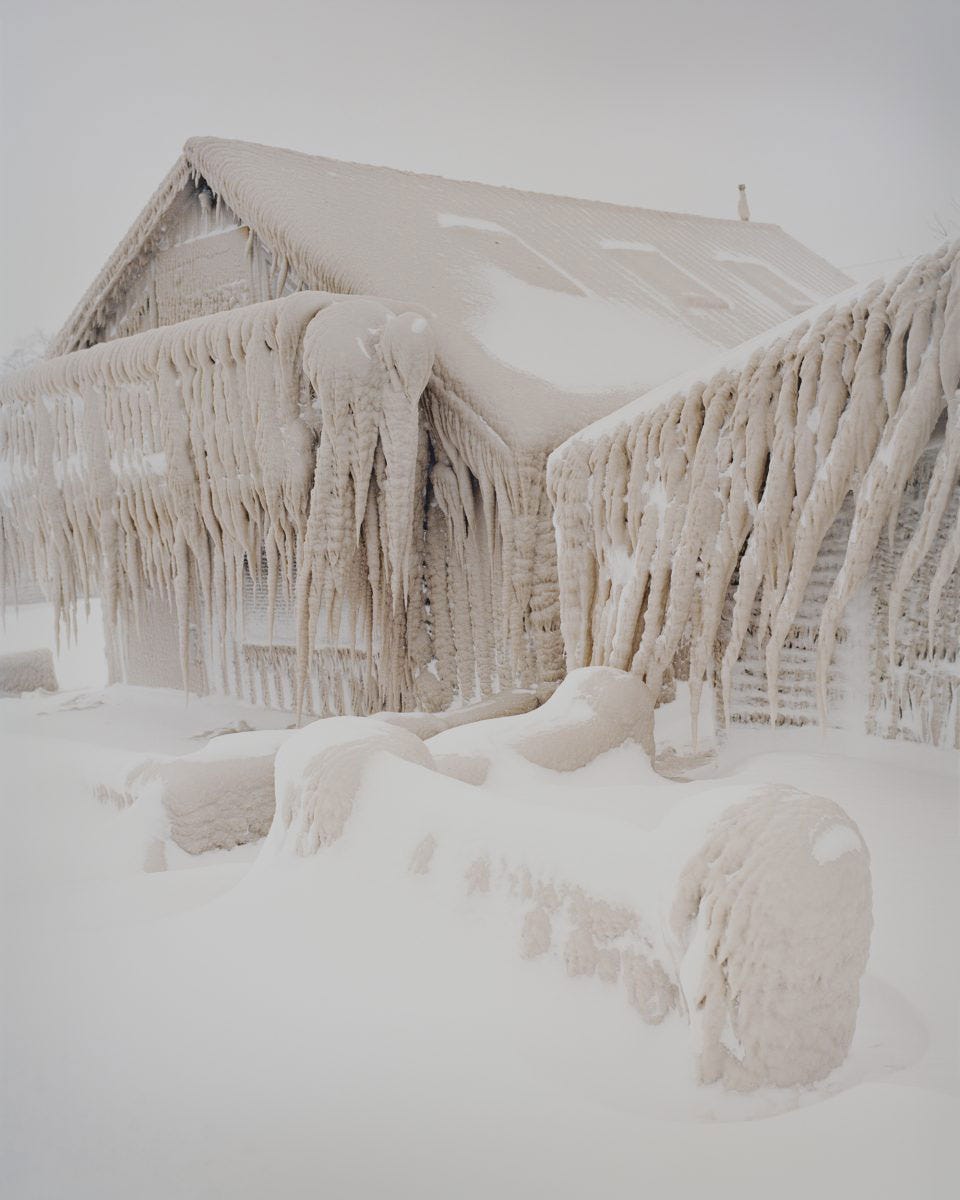

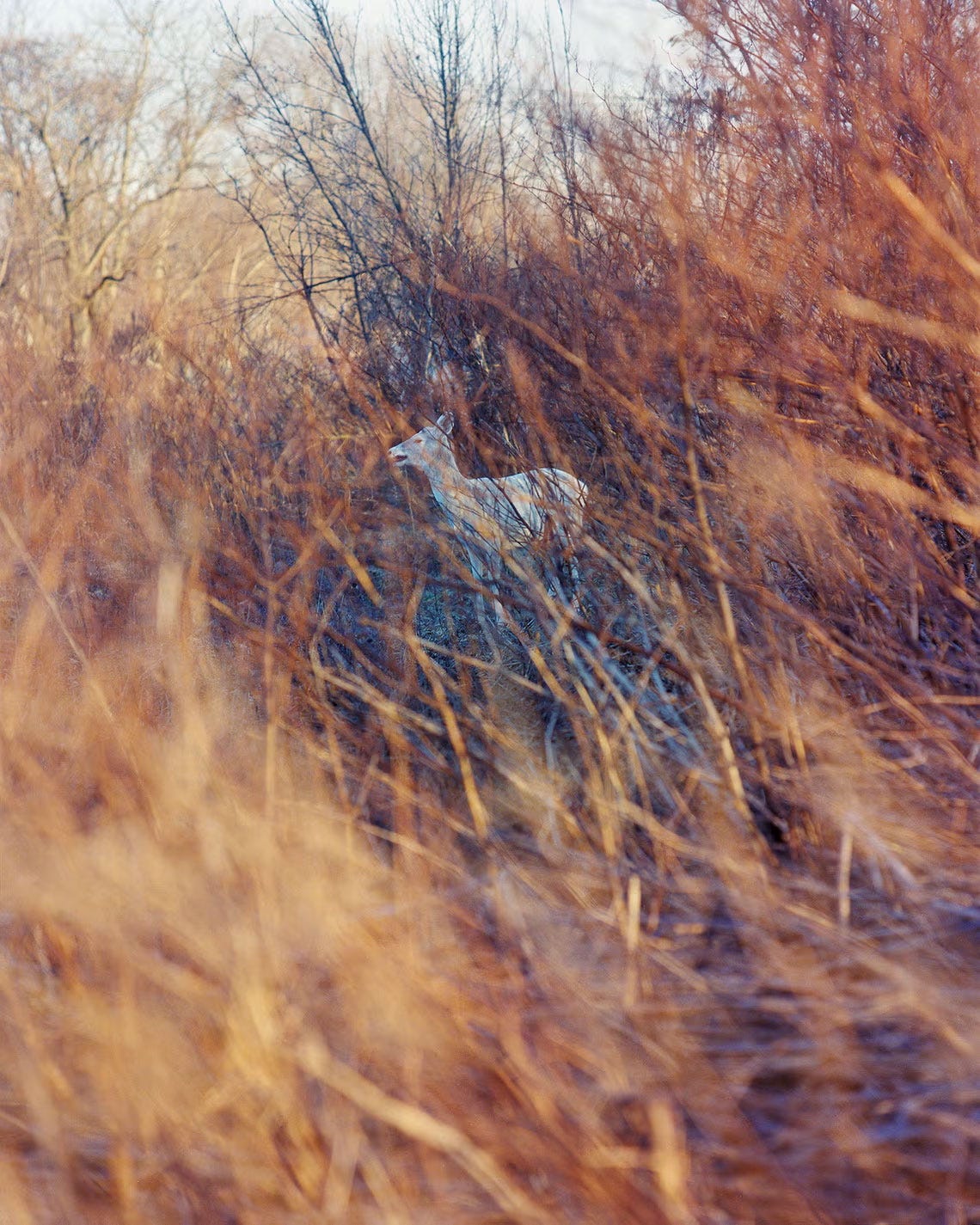
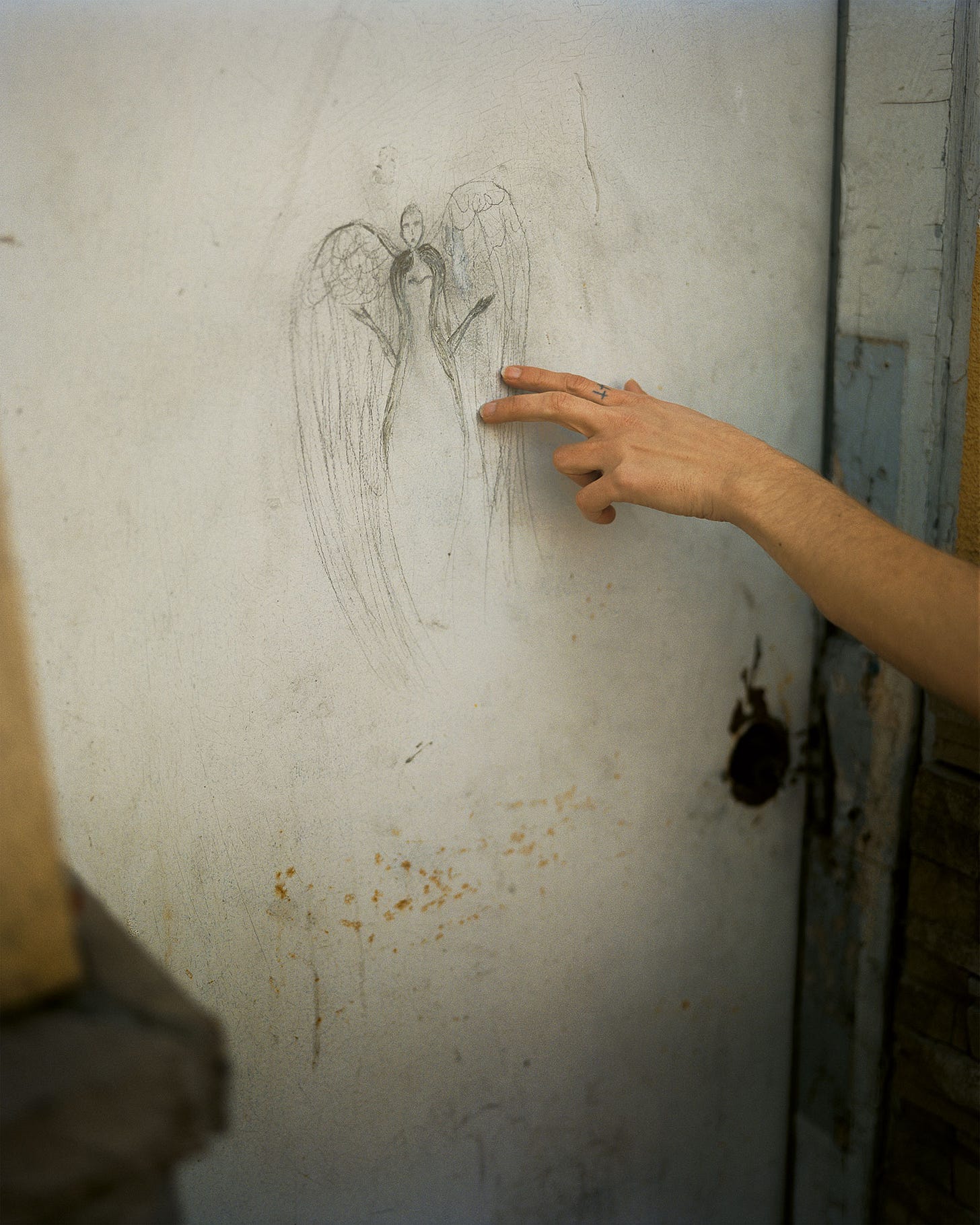

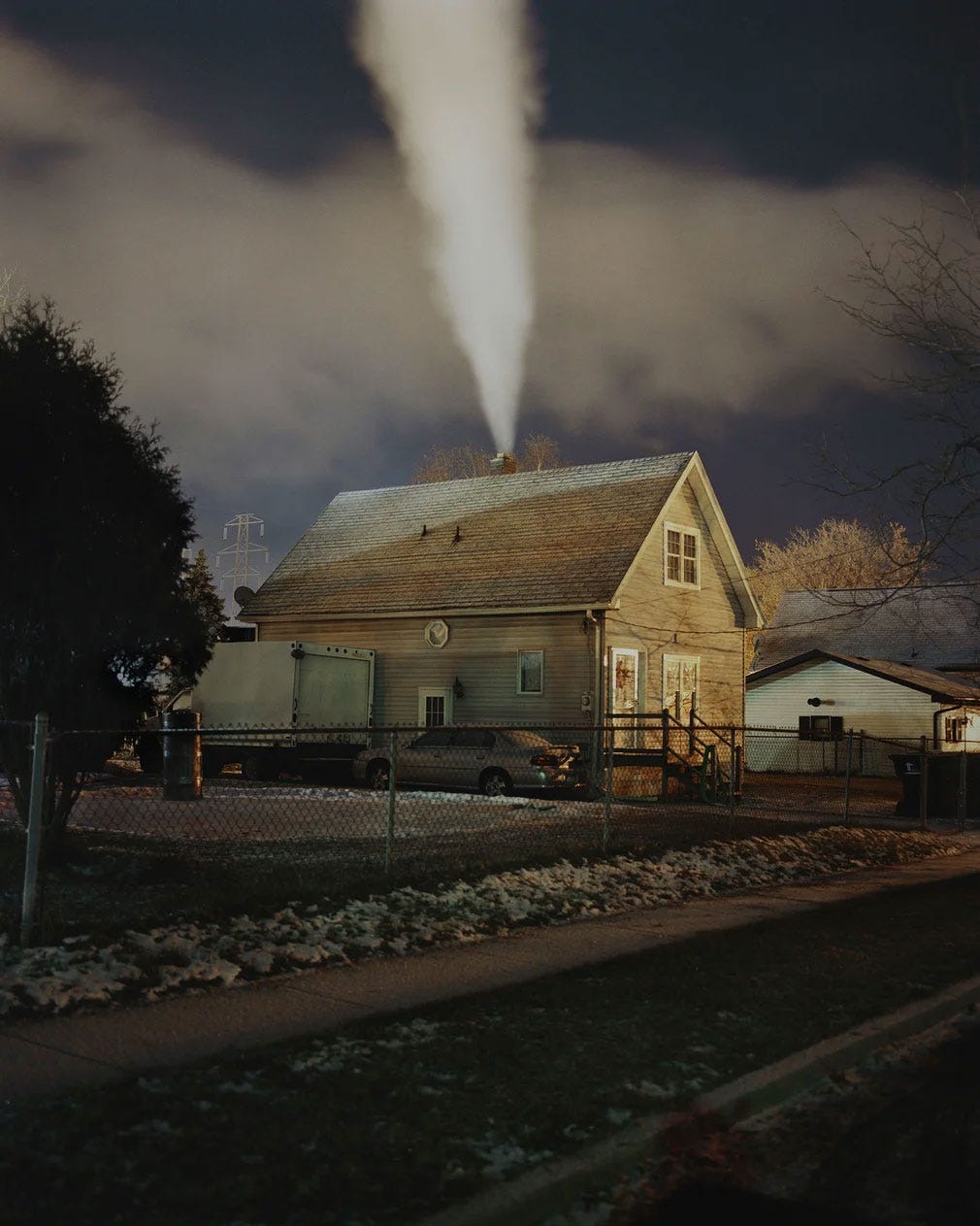
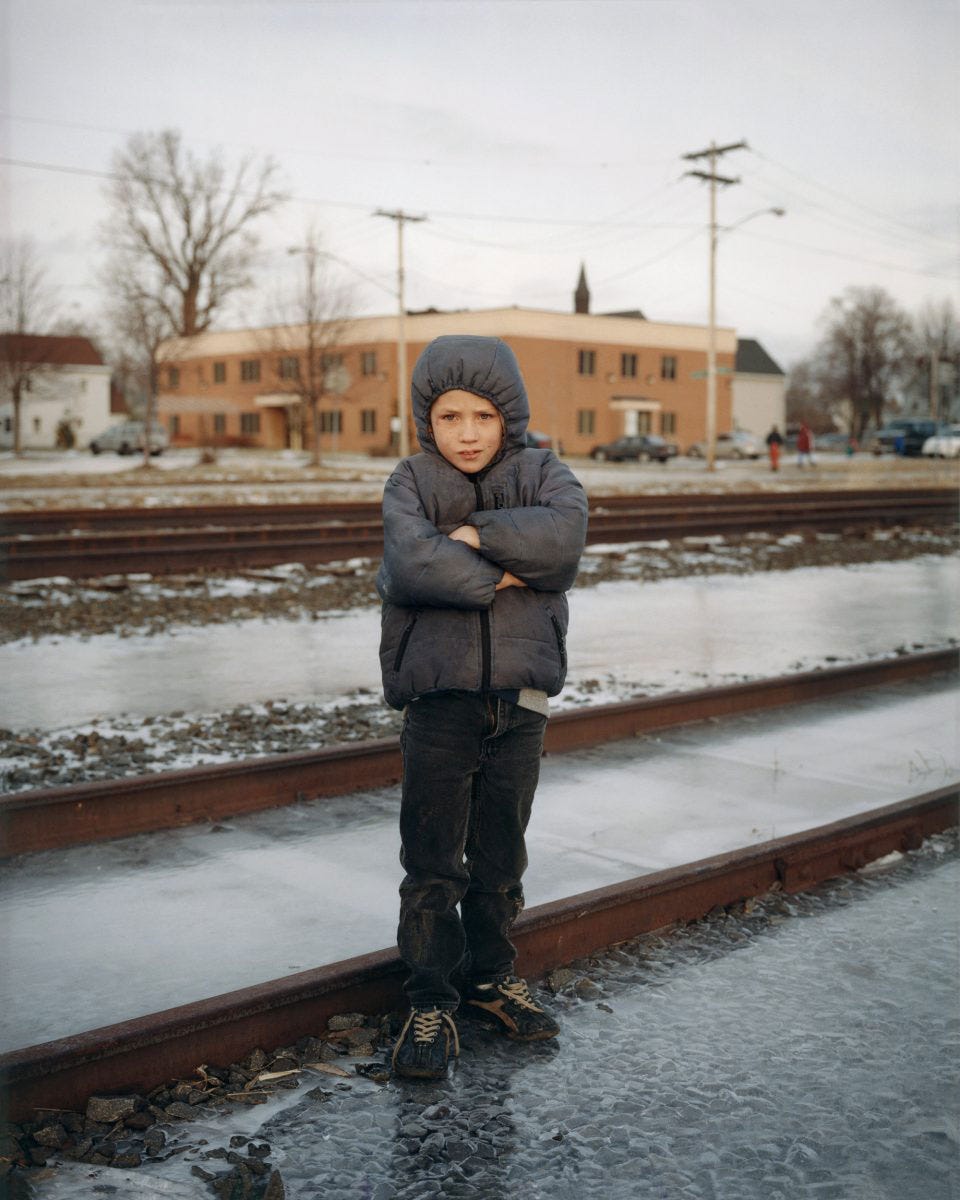



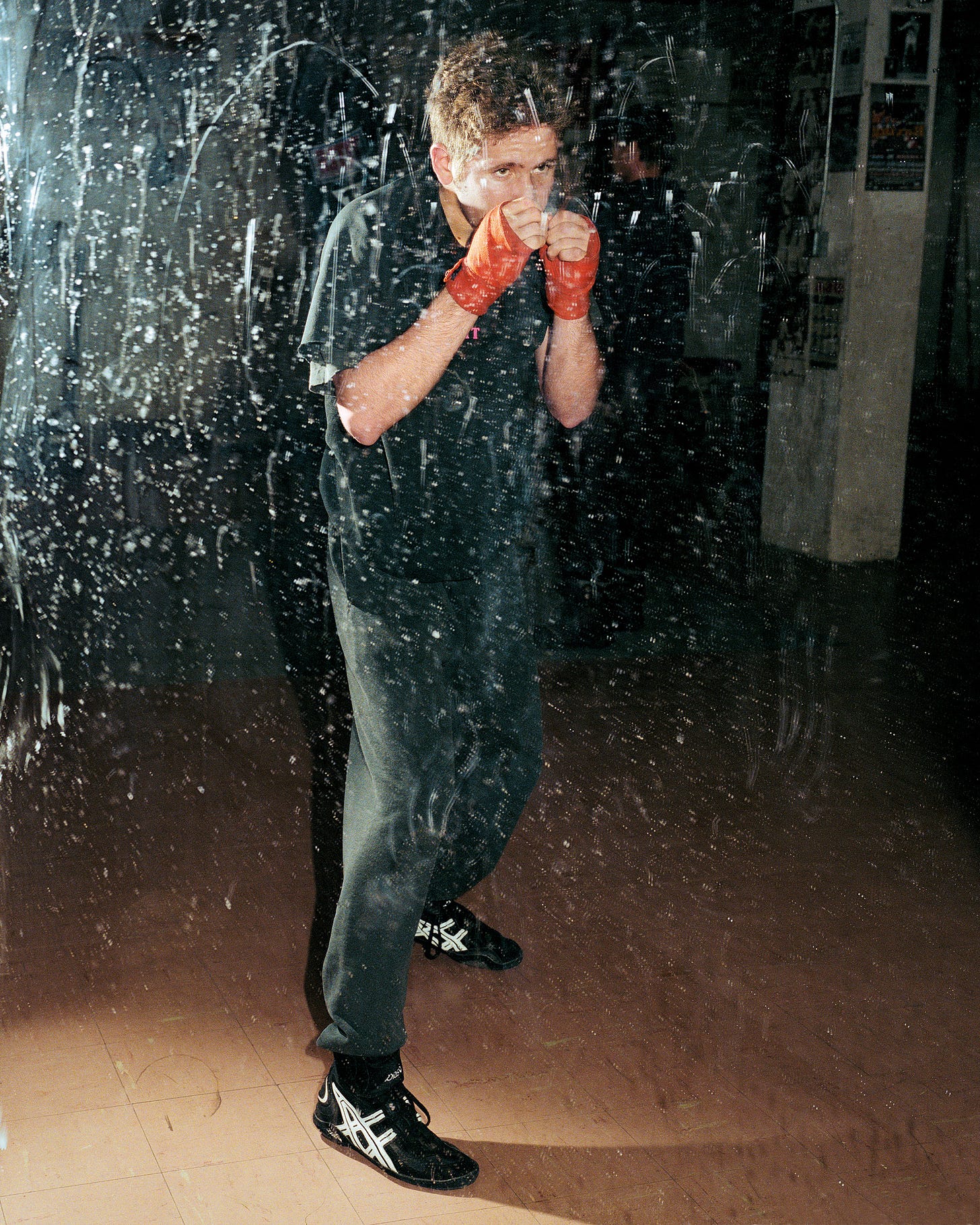

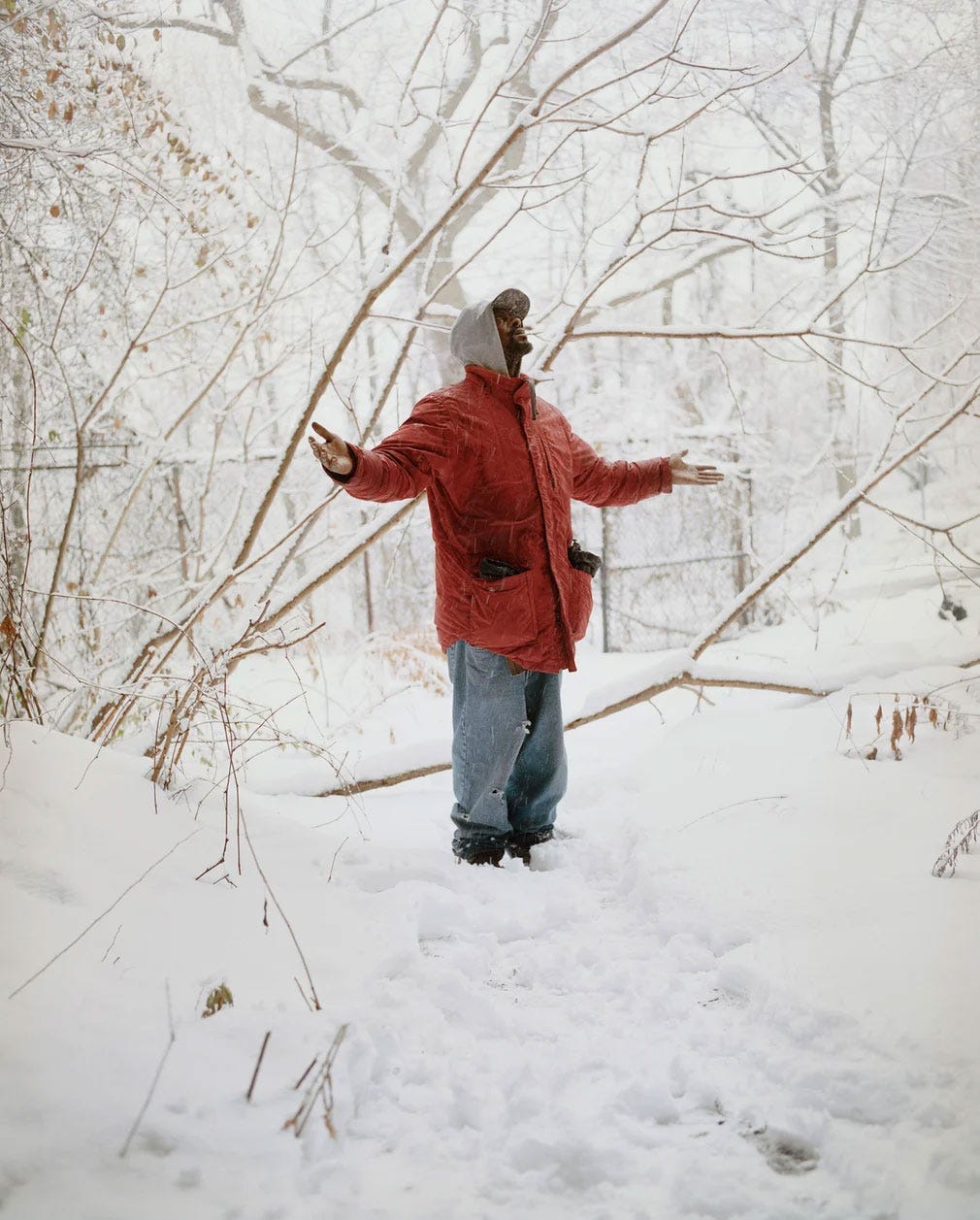




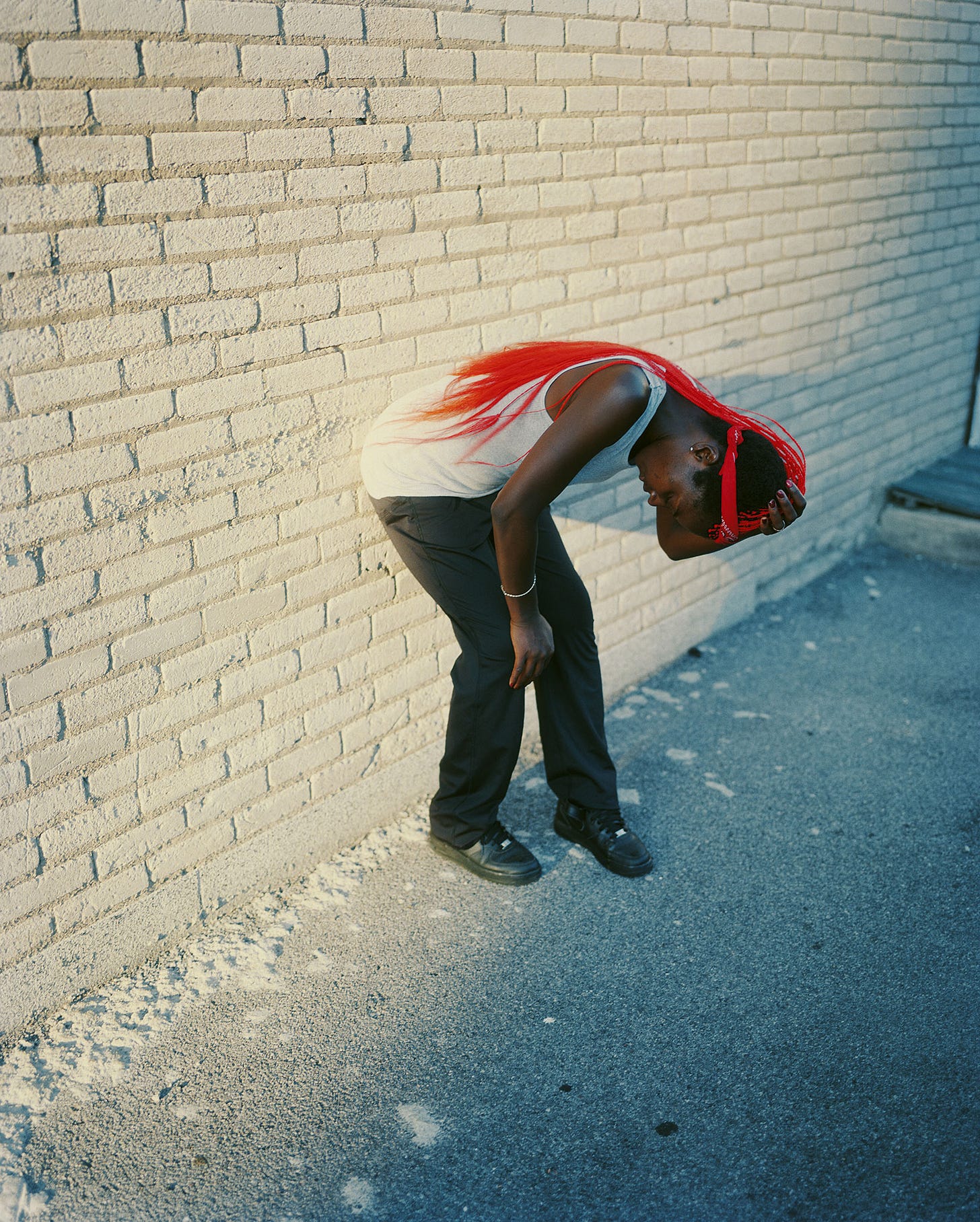


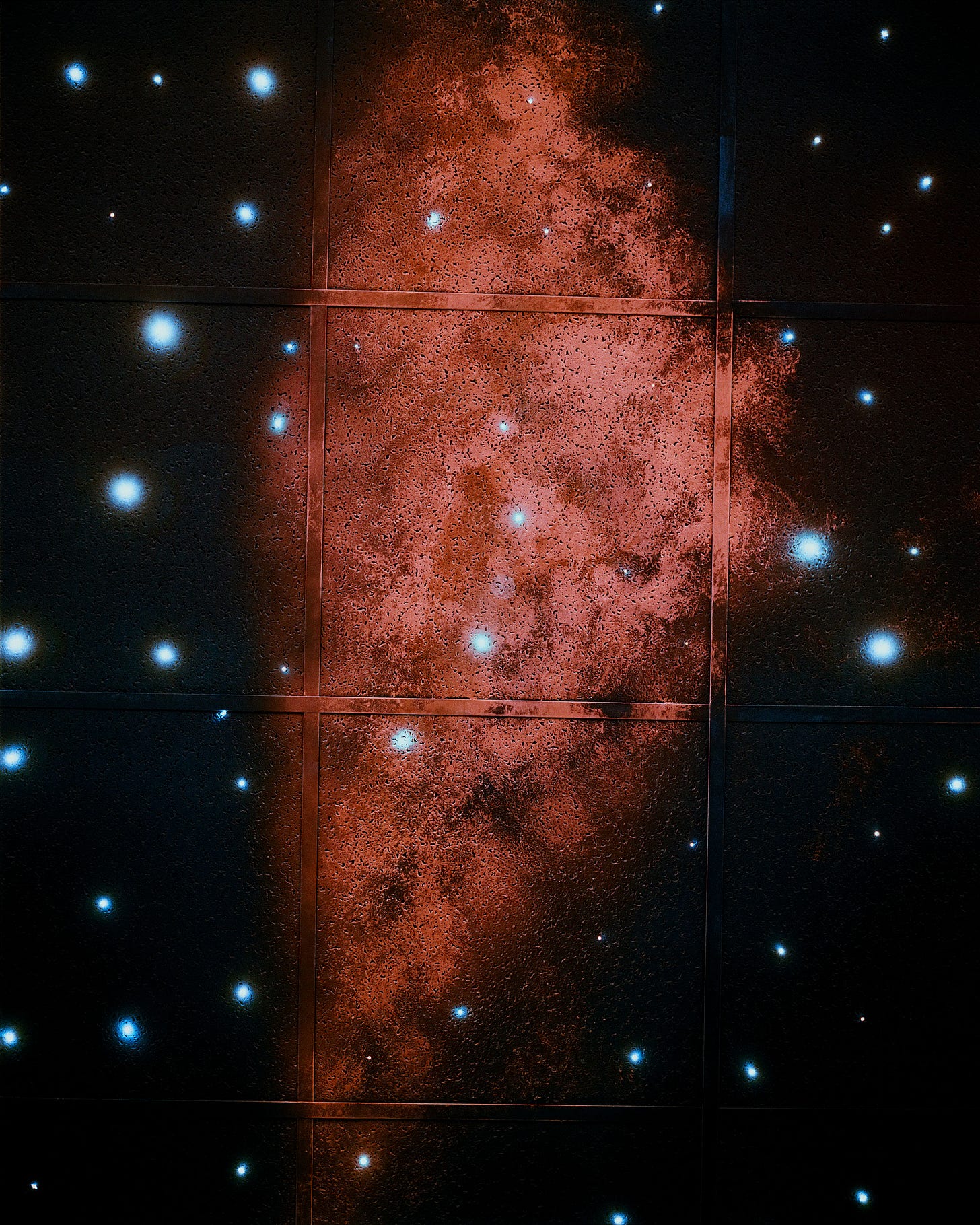



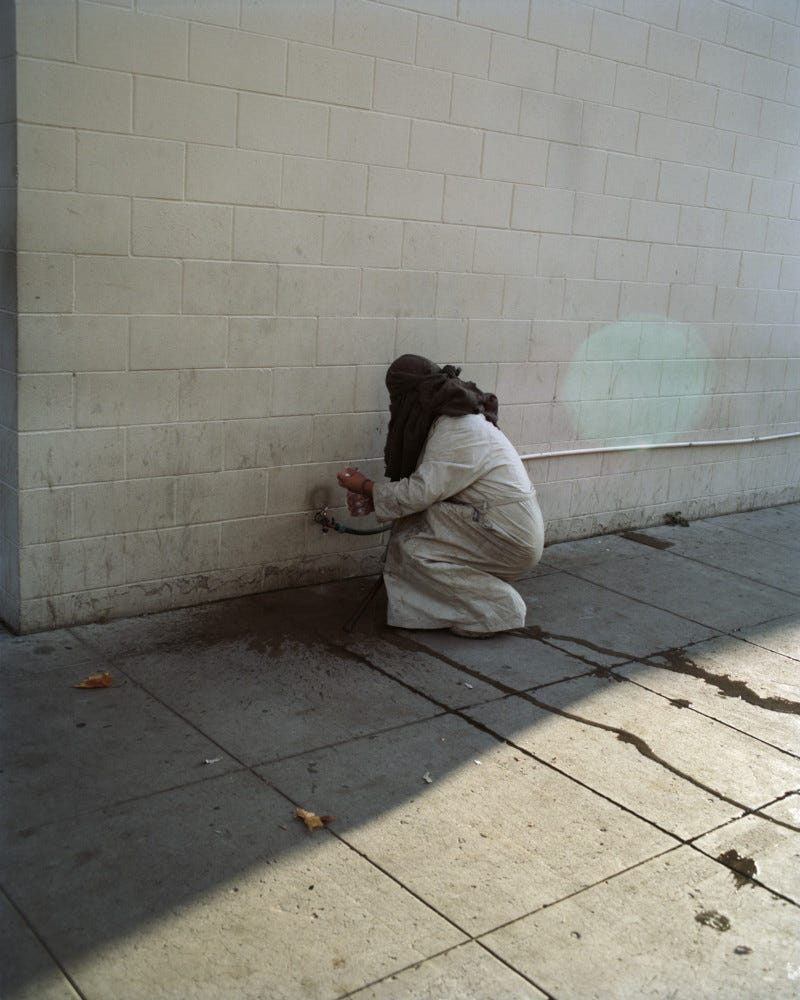





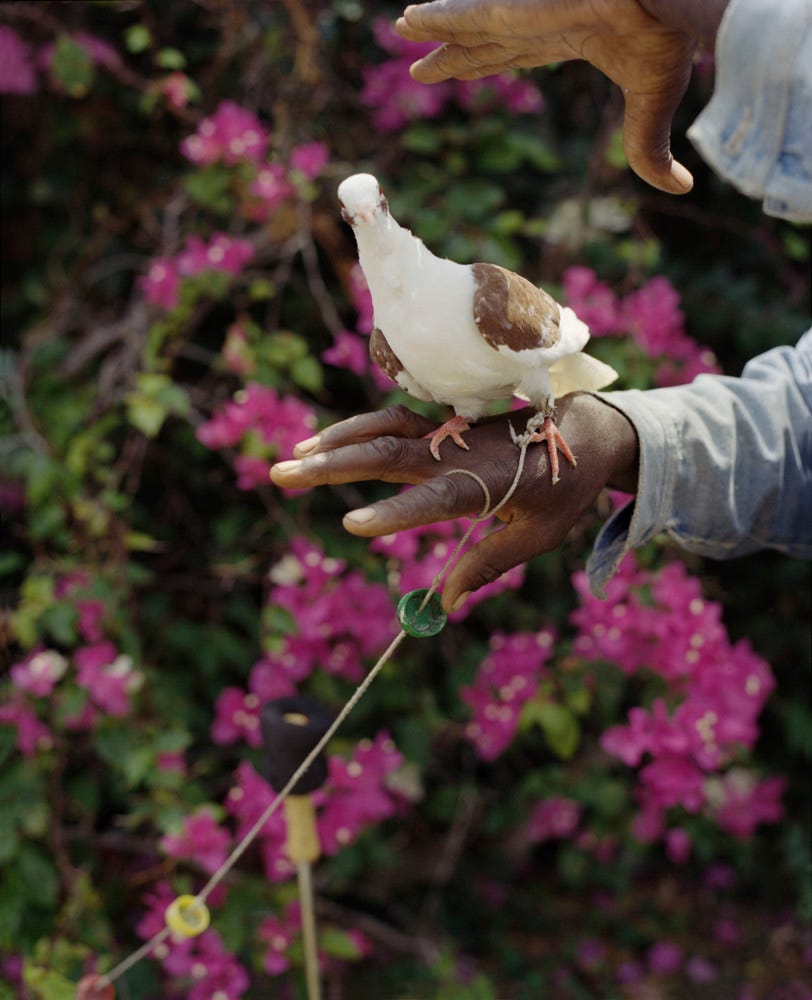
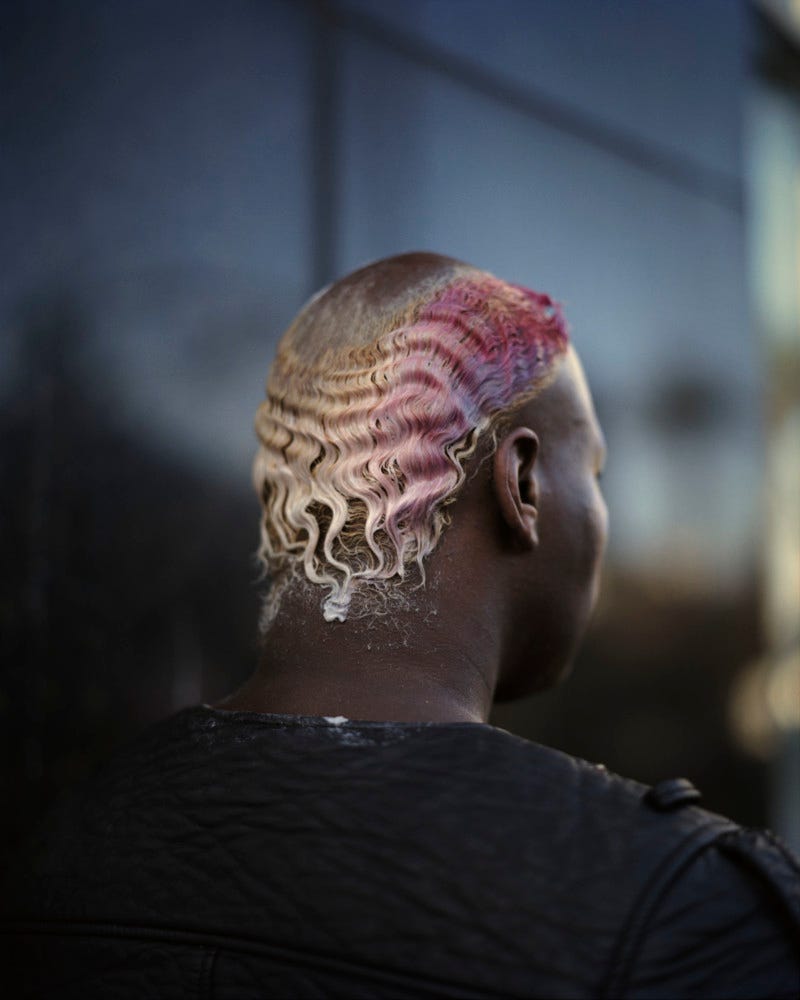
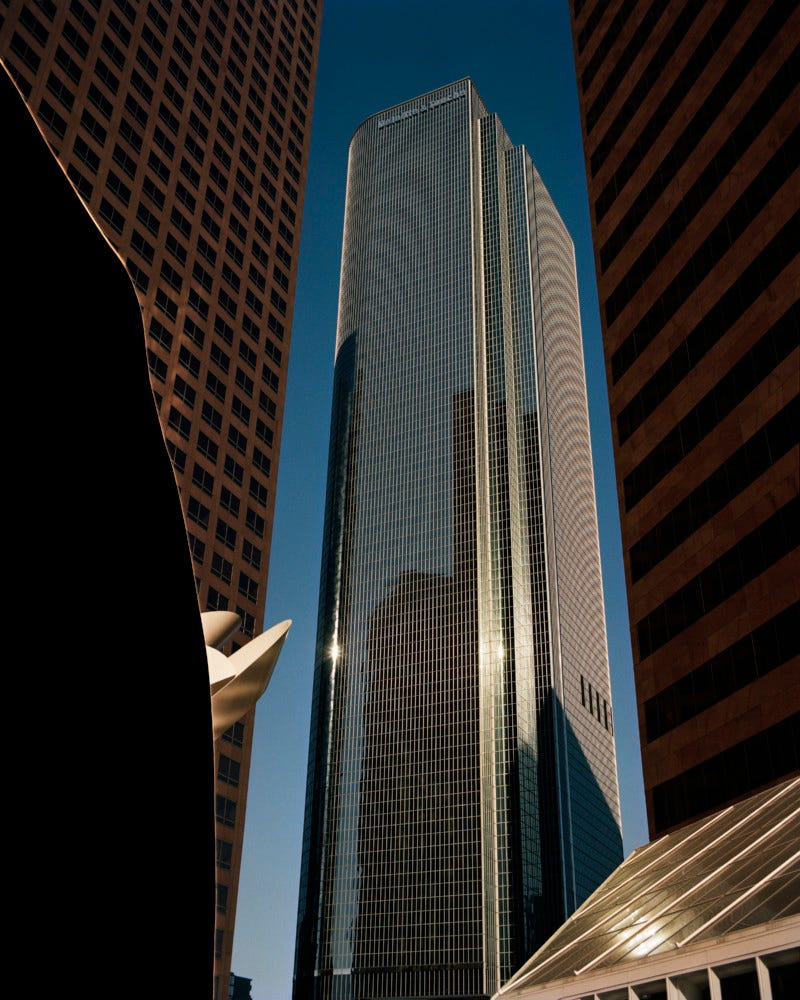


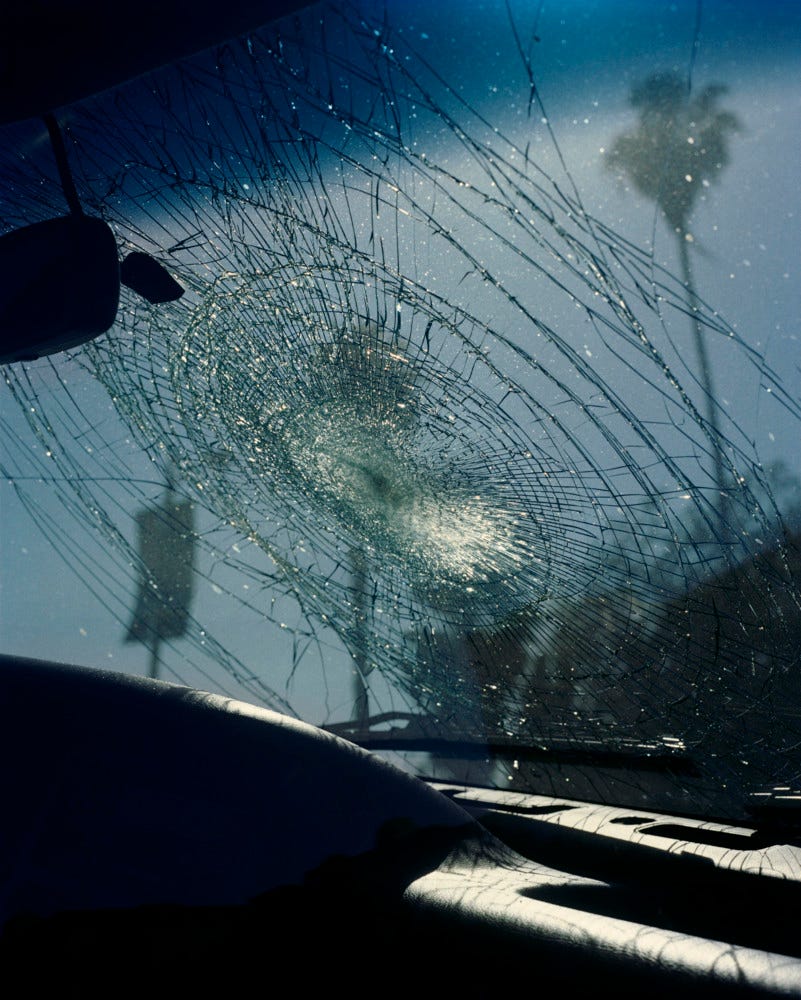
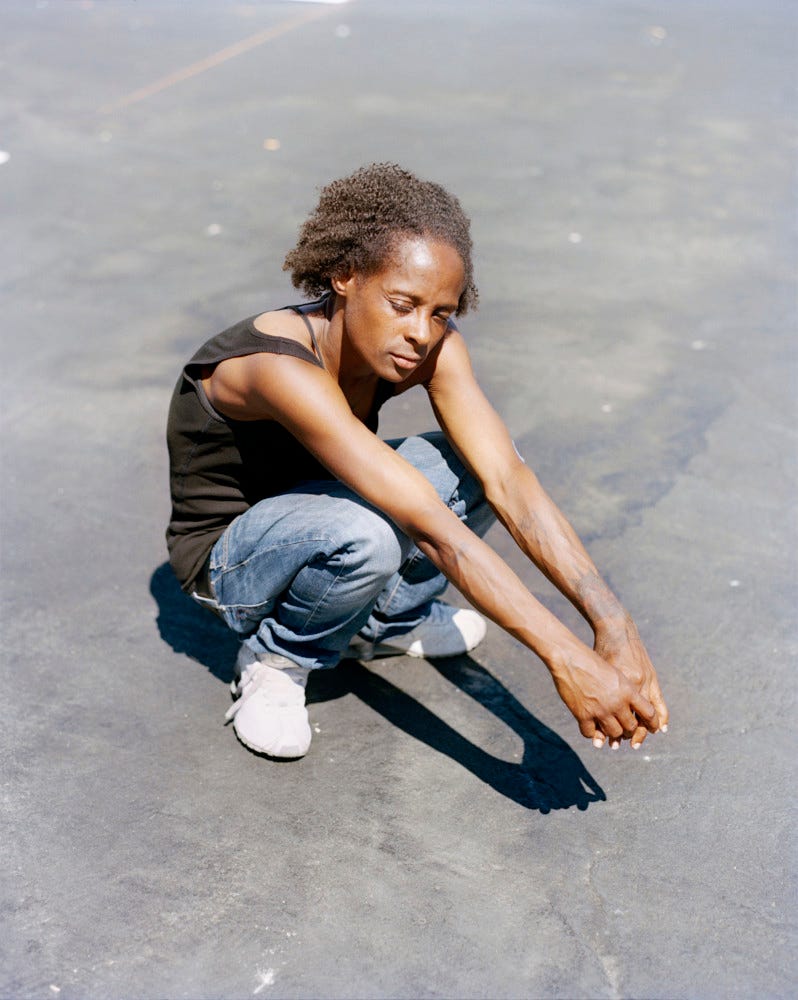
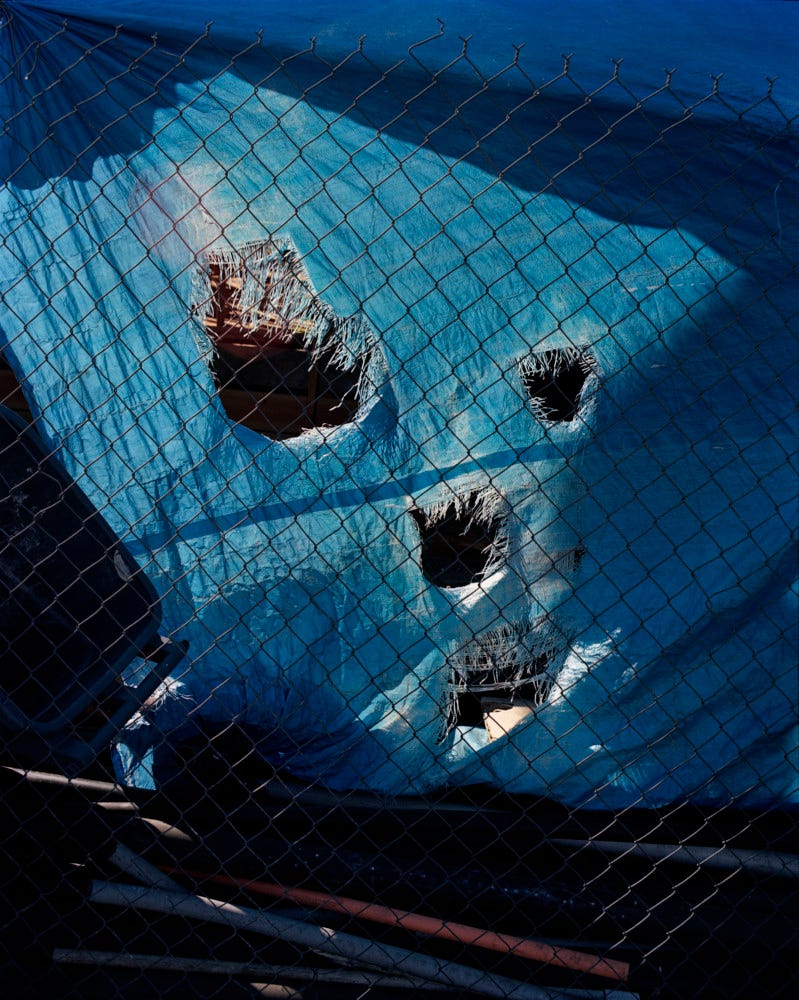

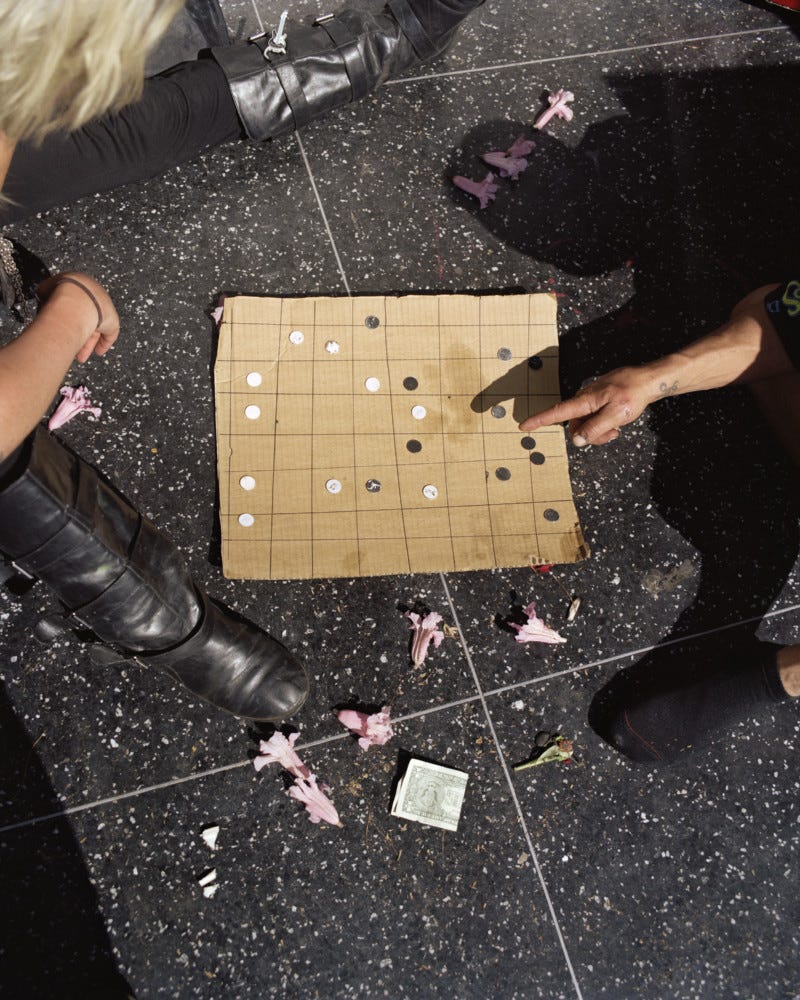



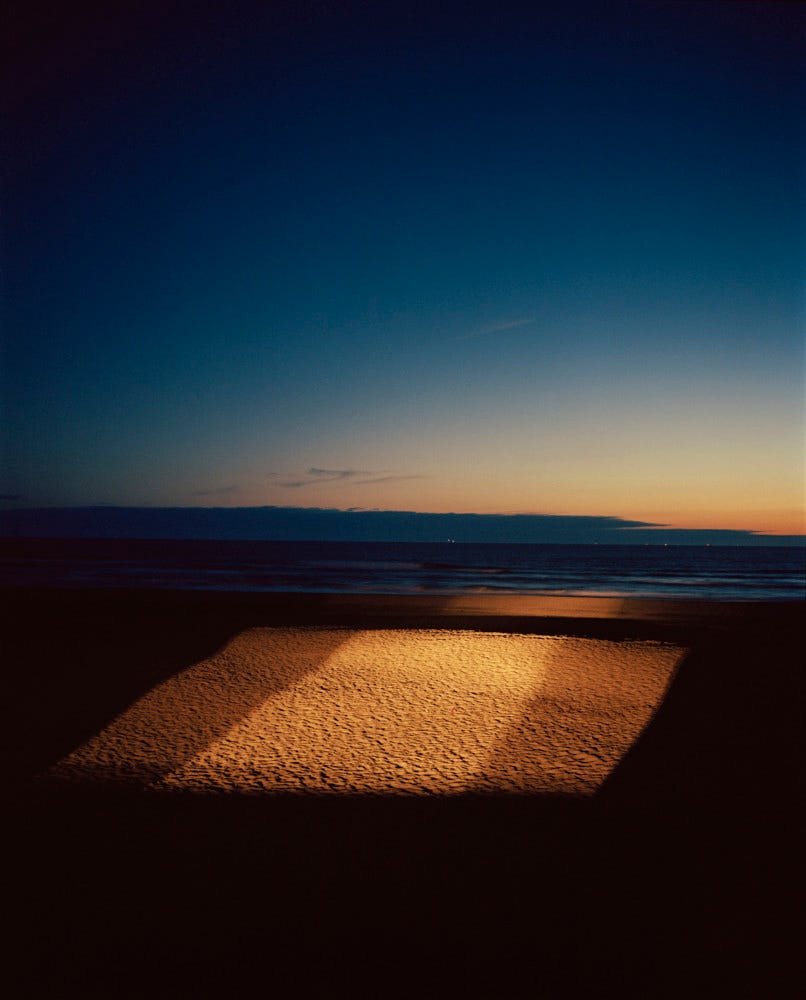
This really resonates with me in a profound way. As an older person myself who has struggled with a variety of personal and professional obstacles for the past 30+ years I found this not only relevant and inspiring but also comforting that "playing the long game" is ultimately the wisest approach. It seems paradoxical that a medium that is so instant and immediately gratifying to create can actually take the longest to truly understand and present. Everything in this article applies to me, down to a word. I have just begun to come to that understanding in the past year or so, and even more so in the past month (better meds). I remember reading some similar ideas about not knowing what "series" you are working on until years later when I read an interview with Todd Hido and at the time I didn't fully appreciate what it meant. This article now came at exactly the right time and I hope everyone who reads it will take comfort in knowing that there is no real deadline for making a body of work. Thanks for sharing this story!
Beautiful work, and your words along with it really captivated me…. Thank you!